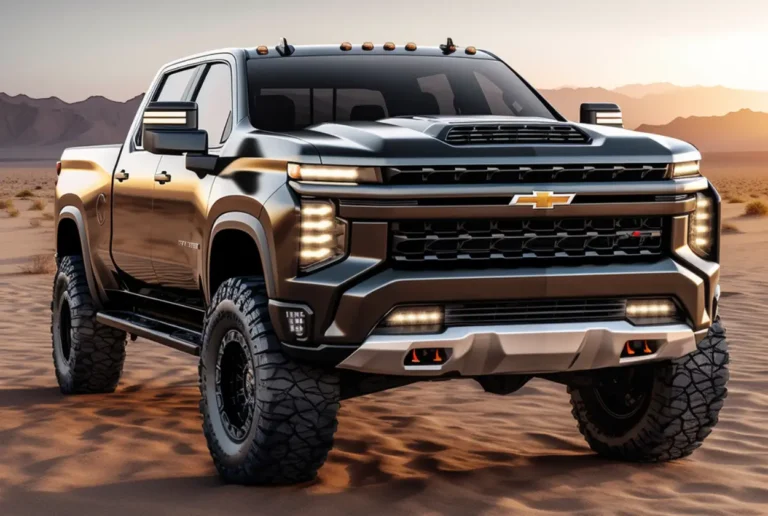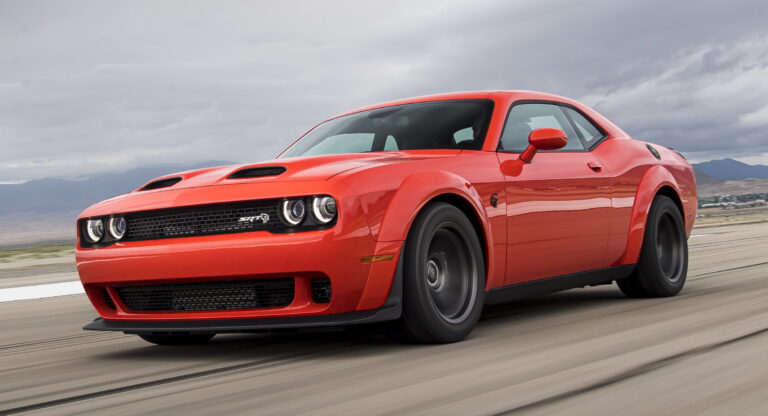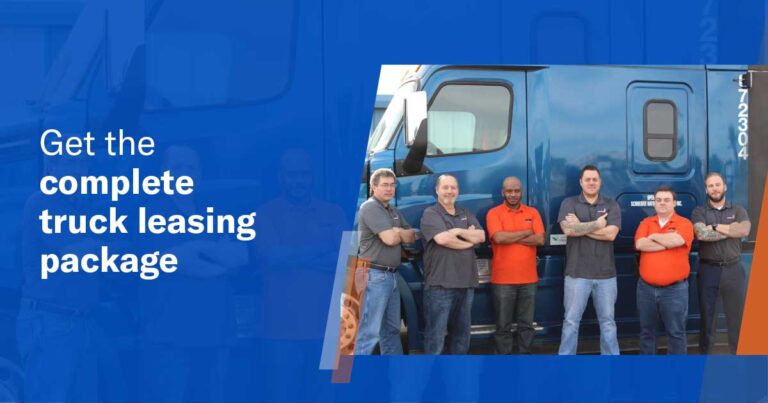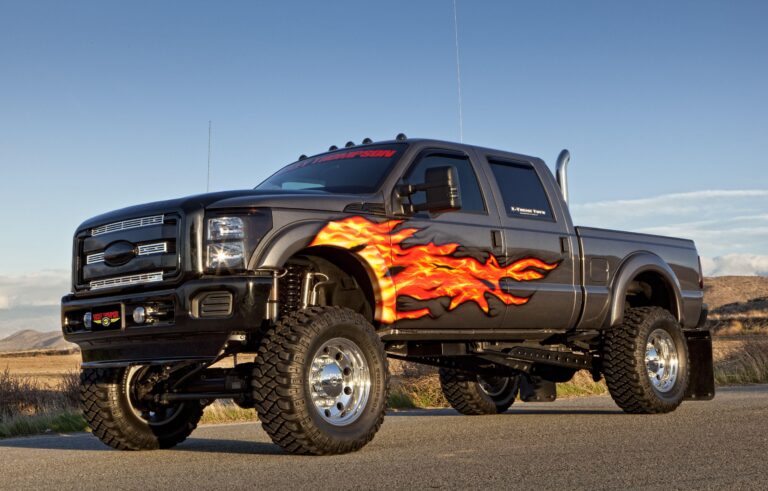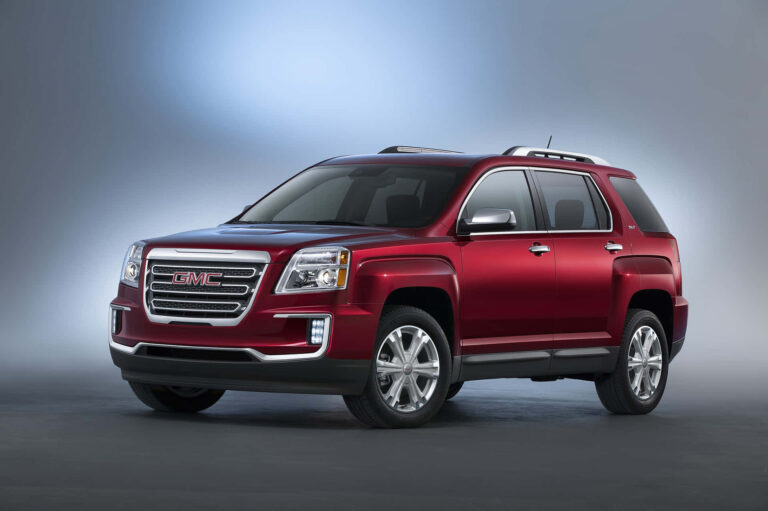3 Quarter Ton Dodge Trucks For Sale: Your Comprehensive Buying Guide
3 Quarter Ton Dodge Trucks For Sale: Your Comprehensive Buying Guide cars.truckstrend.com
For those who demand more from their pickup than just commuting, a 3/4 ton truck represents the sweet spot of power, capability, and value. Among the titans of this segment, Dodge (now Ram) 3/4 ton trucks have carved out a legendary reputation for their rugged durability, potent engine options—especially the revered Cummins diesel—and impressive towing and hauling capacities. If you’re on the hunt for a workhorse that won’t shy away from the toughest jobs or the longest hauls, a used 3/4 ton Dodge Ram 2500 is likely on your radar.
This comprehensive guide delves into everything you need to know when considering a 3/4 ton Dodge truck for sale. We’ll explore what makes these vehicles so sought-after, navigate the various generations and their unique characteristics, provide crucial buying advice, and equip you with the knowledge to make an informed purchase.
3 Quarter Ton Dodge Trucks For Sale: Your Comprehensive Buying Guide
Understanding the "3 Quarter Ton" Designation
Before diving into specific models, it’s essential to clarify what "3/4 ton" actually signifies. Contrary to popular belief, this designation does not refer to the truck’s curb weight. Instead, it’s a historical classification indicating the truck’s approximate payload capacity. A 3/4 ton truck (or 2500 series in Dodge/Ram’s nomenclature) is designed to carry and tow significantly more than its 1/2 ton (1500 series) counterpart, but generally offers a more manageable footprint and ride than a full 1-ton (3500 series) dually.
Key characteristics that define a 3/4 ton Dodge Ram 2500 include:
- Heavier-Duty Frame: Thicker, stronger steel for enhanced rigidity.
- Robust Suspension Components: Stiffer springs, larger shock absorbers, and often thicker sway bars.
- Larger Brakes: Designed to handle heavier loads and repeated stopping.
- Stronger Axles and Differentials: Built to withstand greater torque and weight.
- Higher Gross Vehicle Weight Rating (GVWR): The maximum allowable weight of the fully loaded vehicle, including passengers, cargo, and tongue weight of a trailer.
- Higher Gross Combined Weight Rating (GCWR): The maximum allowable weight of the truck and a fully loaded trailer combined.

These foundational differences translate directly into superior towing and hauling capabilities, making the 3/4 ton Dodge an ideal choice for serious work or recreational activities.

Why Choose a 3 Quarter Ton Dodge Truck? The Benefits Unpacked
The enduring popularity of used 3/4 ton Dodge trucks is no accident. They offer a compelling blend of attributes that appeal to a wide range of buyers:
- Unmatched Towing and Hauling Prowess: This is the primary reason most people opt for a 3/4 ton. Whether it’s a large travel trailer, a fifth-wheel camper, a boat, a horse trailer, or heavy construction equipment, a Ram 2500 is engineered to handle substantial loads with confidence and stability.
- Legendary Engine Options:
- Cummins Turbo Diesel: The crown jewel for many. Known for its incredible torque, exceptional durability, and longevity, the inline-six Cummins engine has powered Dodge/Ram heavy-duty trucks for decades. It’s the go-to choice for serious towing and those seeking maximum engine life. While maintenance can be more costly, the Cummins often repays with hundreds of thousands of reliable miles.
- Hemi V8 (Gasoline): For those who don’t need the extreme towing capacity or diesel fuel economy, the Hemi V8 offers robust power, quicker acceleration, and lower upfront costs. It’s a powerful and capable engine for most heavy-duty gas truck needs, providing a more car-like driving experience when unladen.
- Durability and Longevity: These trucks are built tough. Their heavy-duty components are designed to withstand years of hard work, often outlasting lighter-duty vehicles with proper maintenance. This translates to excellent value in the used market.
- Versatility: A 3/4 ton Dodge can serve multiple roles. It’s a dedicated work truck, a capable family hauler for adventurous trips, and even a solid platform for off-road modifications.
- Strong Used Market Value: While depreciation hits all vehicles, the demand for well-maintained 3/4 ton Dodge trucks, especially those with the Cummins engine, tends to keep their resale values strong. You’re buying a proven asset.

Key Generations: What to Look For and Common Pitfalls
Dodge/Ram 2500 trucks have evolved significantly over the years. Understanding the characteristics of each generation is vital for a smart purchase:
1. First Generation (1981-1993, D/W Series)
- Distinguishing Features: Classic boxy styling, known for their rugged simplicity. The 1989 model year marked the introduction of the first 5.9L 12-valve Cummins diesel engine, a game-changer.
- Engines: Various gasoline V8s (e.g., 318, 360), and the iconic 5.9L 12-valve Cummins diesel (from ’89).
- What to Look For: Rust (especially in fenders, beds, and frame), age-related wear on interior components, and general mechanical condition. Cummins models are highly sought after but often have high mileage.
- Appeal: Simplicity, ease of repair, and the legendary 12-valve Cummins. Great for restoration projects or budget-conscious heavy-duty needs.
2. Second Generation (1994-2002)
- Distinguishing Features: Revolutionary "big rig" styling that redefined the pickup truck aesthetic. This generation solidified the Ram’s reputation as a serious contender.
- Engines: 5.9L Magnum V8, 8.0L V10 (gas), 5.9L 12-valve Cummins (1994-1998), 5.9L 24-valve ISB Cummins (1998.5-2002).
- Common Pitfalls: Cracked dashboards are almost universal, automatic transmission issues (especially with the 47RE behind the Cummins), front-end wear (ball joints, steering linkage), and VP44 injection pump failures on early 24-valve Cummins models.
- Appeal: Iconic looks, strong engines, and a vast aftermarket for parts and upgrades. Still a very popular choice for a capable and affordable work truck.
3. Third Generation (2003-2009)
- Distinguishing Features: More refined styling, significantly improved interior quality, and a shift to Common Rail injection for the Cummins engine.
- Engines: 5.7L Hemi V8 (gas), 5.9L Common Rail Cummins (2003-2007), 6.7L Cummins (2007.5-2009).
- Common Pitfalls: Still prone to front-end wear (ball joints, control arm bushings), some electrical issues (TIPM module), and early 6.7L Cummins models introduced emission systems (DPF, EGR) that can be costly to maintain if not cared for.
- Appeal: A solid blend of modern comfort and rugged capability. The 5.9L Common Rail Cummins is highly regarded for its power and reliability.
4. Fourth Generation (2010-2018)
- Distinguishing Features: Further interior refinement, more comfortable ride quality, and more sophisticated technology. Ram became its own brand in 2010.
- Engines: 5.7L Hemi V8, 6.4L Hemi V8 (from 2014), 6.7L Cummins I6 (diesel).
- Common Pitfalls: Diesel emission system maintenance (DPF regeneration, DEF fluid for later models), some electrical gremlins, and potential for rust on bed seams or frame in salt-belt regions.
- Appeal: Modern features, improved ride, and the continued power of the 6.7L Cummins. Offers a great balance for those seeking a more contemporary truck without the new truck price tag.
The Buying Process: Practical Advice & Important Considerations
Purchasing a used 3/4 ton Dodge requires diligence. Follow these steps to ensure you get a reliable vehicle:
-
Define Your Needs and Budget:
- Purpose: What will you primarily use the truck for? Occasional towing, daily heavy hauling, or a mix? This dictates engine choice, cab configuration (regular, quad, mega), and bed length.
- Towing/Payload Capacity: Know the maximum weight you need to tow or carry. This will help you select the right engine and axle ratio.
- Budget: Beyond the purchase price, factor in insurance, higher fuel costs (especially for gas V8s under load), and potentially higher maintenance costs for heavy-duty components and diesel engines.
-
Engine Choice: Hemi vs. Cummins
- Cummins:
- Pros: Massive torque, incredible longevity (often 300,000+ miles), better fuel economy when towing heavy loads, strong resale value.
- Cons: Higher initial cost, more expensive maintenance (oil changes, fuel filters), potential for costly repairs (injectors, turbo, emission systems on newer models), louder operation.
- Hemi:
- Pros: Lower initial cost, generally cheaper to maintain, quieter, quicker acceleration when unladen, more readily available fuel.
- Cons: Significantly lower fuel economy when towing, less torque for very heavy loads, typically shorter engine life compared to a well-maintained Cummins.
- Cummins:
-
Thorough Inspection is Paramount:
- Rust: Critically inspect the frame, particularly around spring hangers, crossmembers, and brake lines. Check rocker panels, cab corners, and wheel wells.
- Suspension & Steering: Look for worn ball joints, tie rods, control arm bushings, and steering box play (especially on 2nd and 3rd gens). These are common wear items.
- Brakes: Check rotor condition, pad thickness, and brake fluid leaks.
- Tires: Ensure even wear, adequate tread depth, and proper load rating for the truck.
- Fluid Leaks: Check under the truck for

